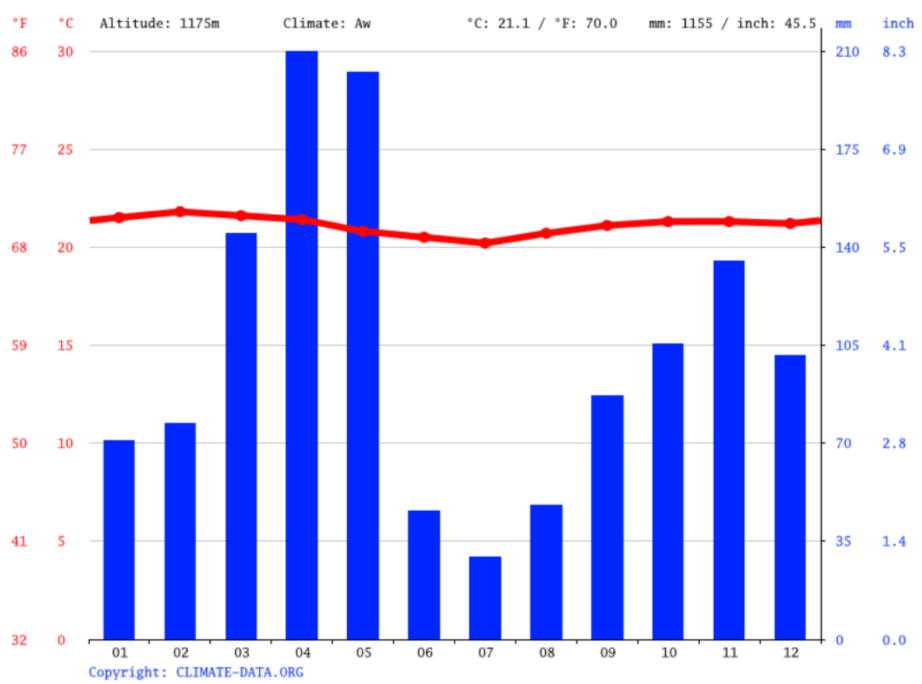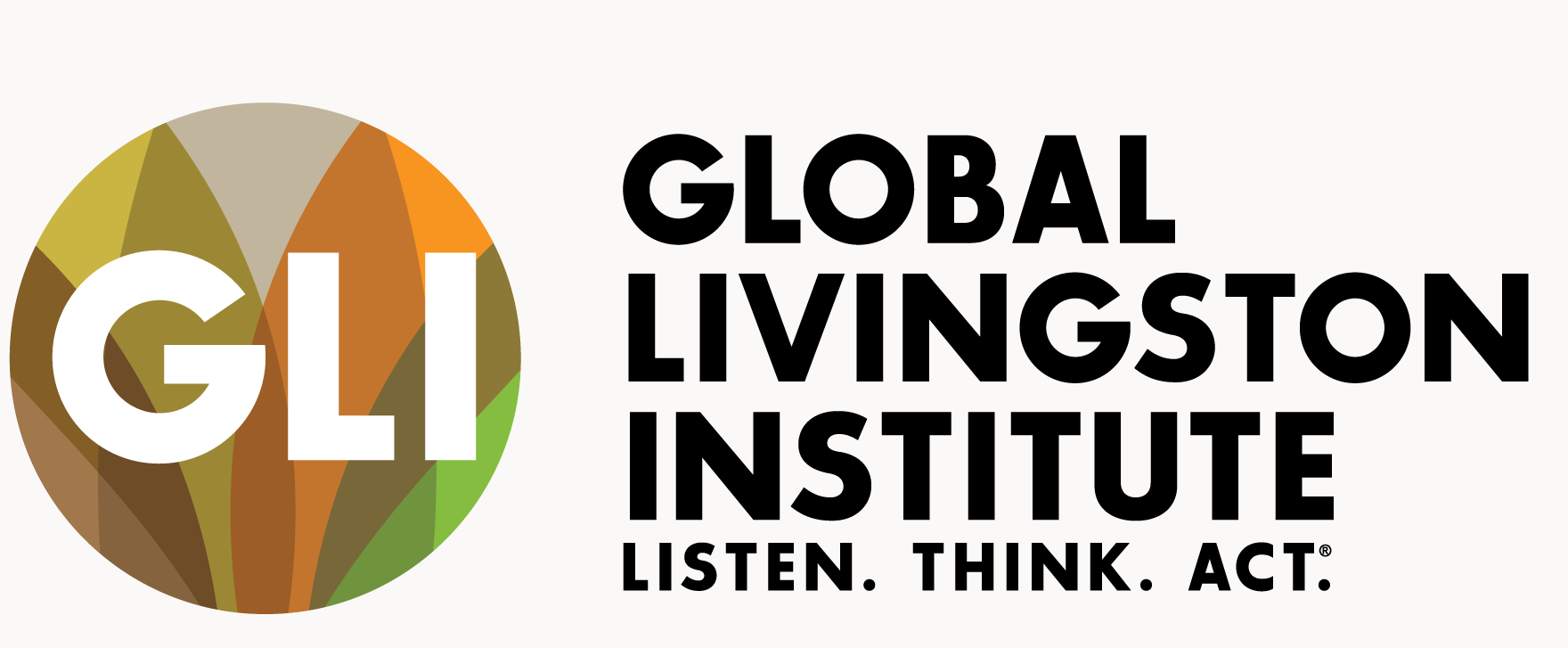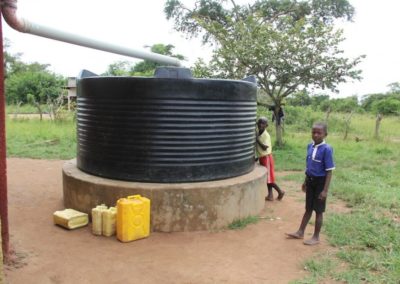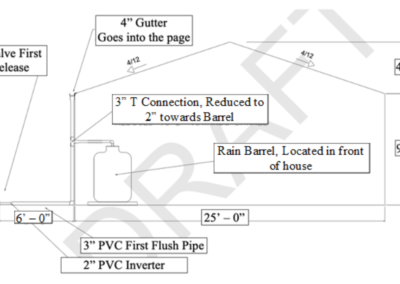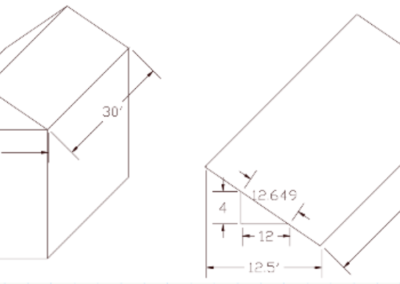Uganda 1 – Water Benders
Overview
Lake Bunyonyi, located in Southwestern Uganda, is situated below a vast expanse of hilly terrain. Climate change has made rainfall patterns in the area incredibly unpredictable and thus unreliable for farmers whose livelihood depends on their crops, the variability of rainfall is shown in the following image. This project is sponsored by the Global Livingston Institute (GLI), a non-profit organization whose goal is to educate students and community leaders on innovative approaches to international development and empower awareness, collaboration, conversations, and personal growth. In order to help solve the problem of unreliable rainfall, GLI has tasked our team with designing an irrigation system for the farmers of the Lake Bunyonyi community. The main constraints for this project are the cost of the design, lack of resources such as electricity or fuel in the area, the accessibility of materials, constructability, the amount of maintenance required, and the ability to serve the greatest number of community members. After learning that the majority of the community members live higher than 15 meters in elevation from Lake Bunyonyi, it became apparent that the use of a human or solar-powered pump would not be applicable for the bulk of the community due to the limited output of these pumps. To serve as much of the community as possible, our team collaborated with another senior design team, Uganda 2, to discuss the possibility of creating different design solutions for community members living at different proximities to the lake. This idea was well-received by GLI, and our team elected to take the challenge of creating a design solution for community members living above 15 meters in elevation from Lake Bunyonyi, outside the range of the proposed pump solutions. Therefore, based on the given design constraints and inability to effectively use the lake water the team decided to transition into designing a rainwater catchment system. After analyzing rainfall and crop data and learning that the terrain begins to flatten higher in the hills, the use of a water storage tank was then designed to work in tandem with farmers’ roofs. A gutter will be fastened onto farmers’ roofs which will guide water into a nearby tank. As this rainwater catchment system utilizes available materials and is relatively low-cost, the team selected this as the final design. This will make water more easily accessible for farmers located up on the nearby hills during the dry seasons. The rainwater catchment solution that our team has designed will allow future engineers working on the project to refine and begin its implementation. As a next step for a future team, An operations and maintenance manual will need to be made to educate farmers and community leaders on how to use and upkeep this system.
Live Zoom Chat
Use the link below to join us live from 8:00 – 10:30 a.m. on December
https://mines.zoom.us/j/96067069263
Team Members
- Madison Berry
- Haven Corsey
- Baptiste Debuire
- Anthony Kantzabedian
- Grace Merkel
- Alex Wood
The Client
- Global Livingston Institute (GLI)
Acknowledgements
Project Advisor: Dr. Alina M. Handorean, Dr. Elizabeth Reddy
Technical Advisor: Prof. Kristoph Kinzli
Video
Elevator Pitch
The Lake Bunyonyi community, located in southwestern Uganda, has been negatively impacted by increasing rainfall unpredictability. Climate change has shortened and shifted the rainy season, failing to provide sufficient rainfall to water the local crops. Currently, community members try to fulfill their water needs by hiking down steep terrain to the lake to gather water with large containers. As crops are their main source of income, families are dependent on adequate rainfall to support themselves. Residents live spread out on family-style farms that are predominately located on the hills above Lake Bunyonyi and are roughly half an acre of land in size. This project will provide an affordable and sustainable irrigation system that can be easily implemented and understood by residents of the Lake Bunyonyi community.
To reduce the uncertainty of rainfall events, a rainwater retention system has been created. The solution has been designed with the main parameters of a limited budget, repeatability, ease of build, and practicality. The design will utilize the surface area of the local houses’ roofs, collecting rainfall from the roof and gathering it into a tank on the side of the house. This water catchment system will allow families to store water during the rainy season for use during the dry season.
Design Approach
At the start of this project, the team was excited to learn about the community and determine how best to fix its current water shortage problem. Communication was crucial to this project due to the large amount of information needed to design the solution in a foreign country and understand the local needs. During the meetings, questions were asked by team members about project-specific information, however, there were equally important questions asked to find out more information about how the client initially got involved with this community and their efforts to make this world a better place. The team was also fortunate to talk to a local engineer during a meeting which allowed us to get some more context of how engineering projects are run and built. Once solutions were drawn up based on feedback, research, and calculations, the team used decision matrices. These matrices allowed the team to dive deeper one solution at a time and find its weaknesses on construction, use and meeting the project problem to better design them later. This also allowed the client to understand what we believe was the best solution based on the teams’ assumptions. As a team, we decided to propose an array of solutions to the client because we didn’t know how the community was going to react to our initial designs. By doing this, the team was able to create a survey for the community to take and give us feedback on what solution they think they would use and best fit their needs. The information the team gathered from these surveys heavily influenced our final solution design.
Once solutions were narrowed down to a couple of designs. Risk matrices were performed, exploring the environmental impact, human safety, and potential failure modes of the solutions. As a team, we made it a priority to make sure that the proposed design solution was safe in all aspects. Additionally, the team explored how sustainable the solutions were in terms of using local materials, lasting more than 5 years, and the need for repairs or redesigns once constructed. As current Mines’s students and engineers in training, our brainstorm sessions were based on the knowledge we have collected throughout the range of classes we have taken and advice from our project advisors and technical advisors.
Working in a developing country across the globe was the hardest part of this project due to not being able to see what it is like. One of the biggest constraints the team and client agreed upon in the initial phases was to maintain a low project budget. Every time a solution was designed or redesigned, a project material analysis was performed outlining the cost of materials with local prices, so the team was aware of where the solution stood at meeting this goal. Overall, our approach to this problem was not settling for our first solution but to strive to find the best solution that the community would implement immediately and impact for the greater good.
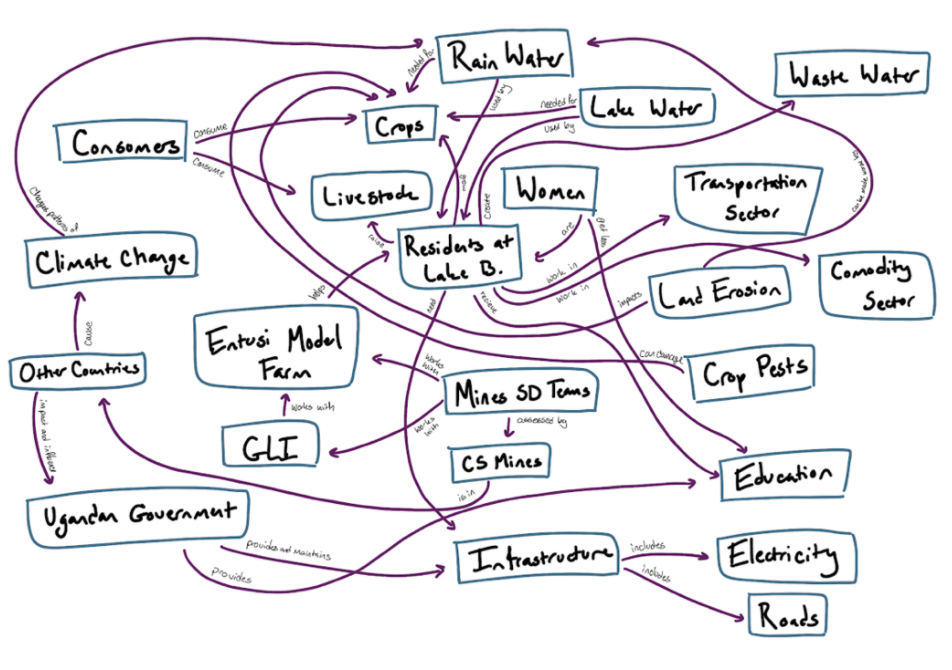
Design Solution
A rooftop rainwater catchment system will be used. After reviewing common roof types and materials used in the community, a traditional rainwater catchment using roof gutters would not be applicable for every house. For example, some roofs are made from metal while others are made from clay and straw. Straw roofs will not support a mounted gutter system; however, community members still have the opportunity to facilitate rainwater catchment by incorporating the funnel catchment system proposed during the intermediate design phase that is expanded upon in the Final design report. this funnel system will not utilize the house but will have its own source to gather water. This design is freestanding and impartial to site specific conditions. The design calculations are divided into two sections: Funnel Catchment Calculations and Roof Catchment Calculations.
The safest and the most cost-efficient reservoir is a storage tank. The premise of the design is extremely cost-driven. With an average budget of $100-200 USD, we have decided to select the 1000L Gentex tank priced 191,000 UGX or roughly $52 USD. Since the team is designing a solution for community members living above 15 meters in elevation from the lake, we have moved outside the confines of the model farm, and thus, there is not a specific site selected for this design solution. For this reason, our team does not want to make any site-specific assumptions such as roof size and overall layout. Therefore, for community members that cant utilize a rooftop rain water collection system our team is designing a stand-alone rainwater catchment system that can function independently of site-specific features. Accompanying the storage tank will be a harvesting funnel that acts to increase the surface area of the tank inlet, ultimately maximizing the amount of rainfall collected. For ease of constructability, the funnel will be square-shaped, lined with a plastic tarp, and supported by a simple wood frame. The square shape also makes the funnel impartial to the direction of rainfall, ensuring effective rainwater catchment.
Next Steps
There are a series of steps to complete before a functional rainwater catchment system can be installed. There will need to be an individual analysis of every house that pursues this design because every house has unique dimensions and surroundings. Then a step-by-step installation plan can be created and utilized by the locals. This plan will function as an operation and maintenance manual. A brochure will be created to communicate this plan to the Entusi Farm community, highlighting the regular maintenance they need to perform to keep the system running in a safe manner. These next steps are crucial as this project will not be effective unless it’s executed well.
Meet the Team
Grace Merkel
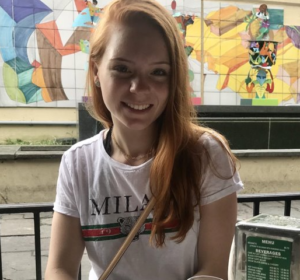
Grace Merkel is a Mechanical Engineering student and will be working in the construction industry in the fall. She is originally from Houston, Texas, and likes to ski and hike in her free time.
Haven Corsey
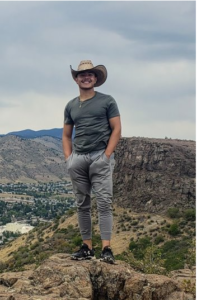
Haven Corsey is studying to be a Mechanical Engineer and is graduating in May of 2021. After graduation, he is looking forward to a career as an estimating/purchasing Engineer. Haven is from Rio Rancho, New Mexico.
Baptiste Debuire
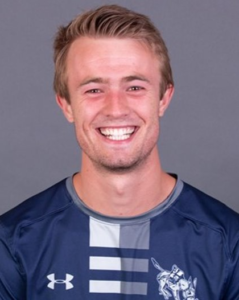
Baptiste Debuire is studying to a civil engineer and will be continuing his education at Colorado School of Mines to learn more about Engineering Technology and Management, ultimately wanting to become a project manager on construction projects. Baptiste is originally from Metz France but grew up in the Pacific Northwest and is excited to explore the Rockies in the coming years.
Anthony Kantzabedian
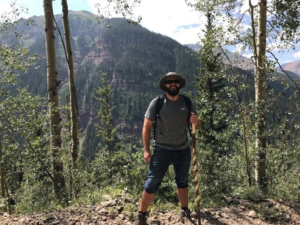
Anthony is studying to be a Civil Engineer and will be graduating in May. He is eager to work in the land development industry with his background from the Colorado School of Mines.
Madison Berry
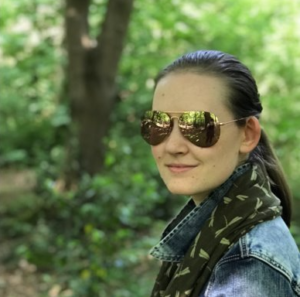
Madison Berry is graduating with a degree in Mechanical Engineering and a minor in Engineering for Community Development. Her interest lies in the WASH field and she hopes to work in international development after graduation.
Madison’s hometown is Wassenaar, The Netherlands.
Alex Wood
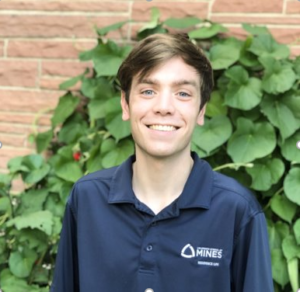
Alex Wood is studying to be a Civil Engineer and is graduating in May of 2021. he will be attending Mines as a graduate student in the fall and is pursuing structural engineering. Alex is from Colorado Springs, Colorado.
